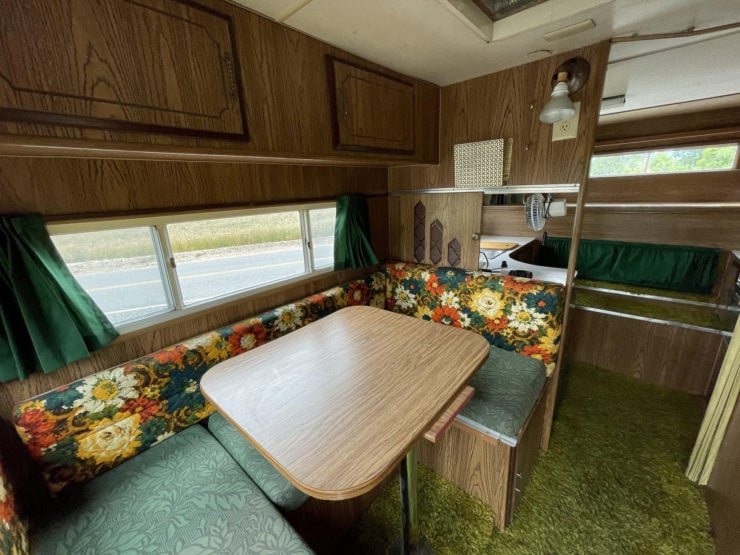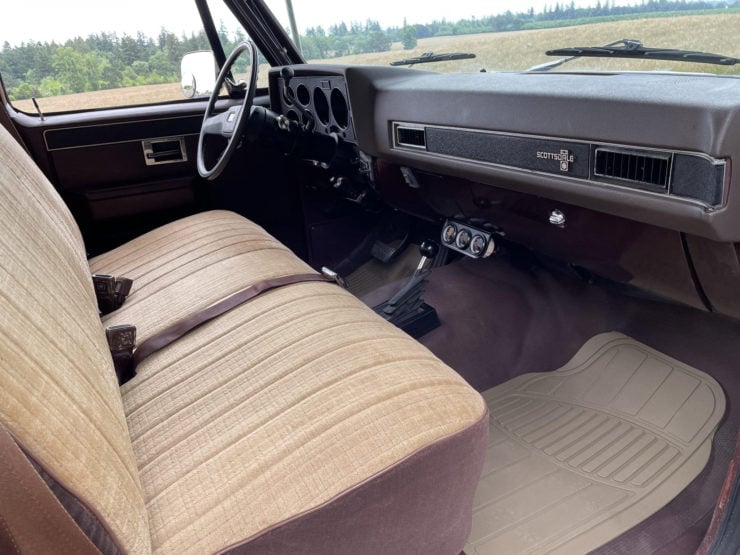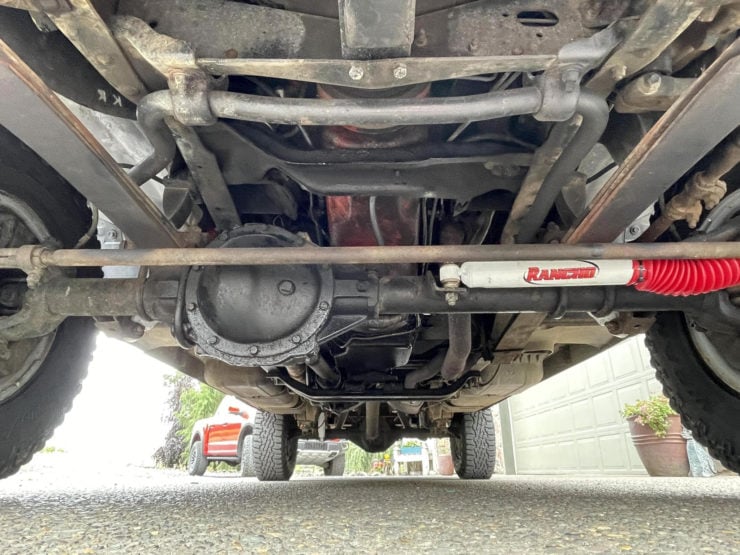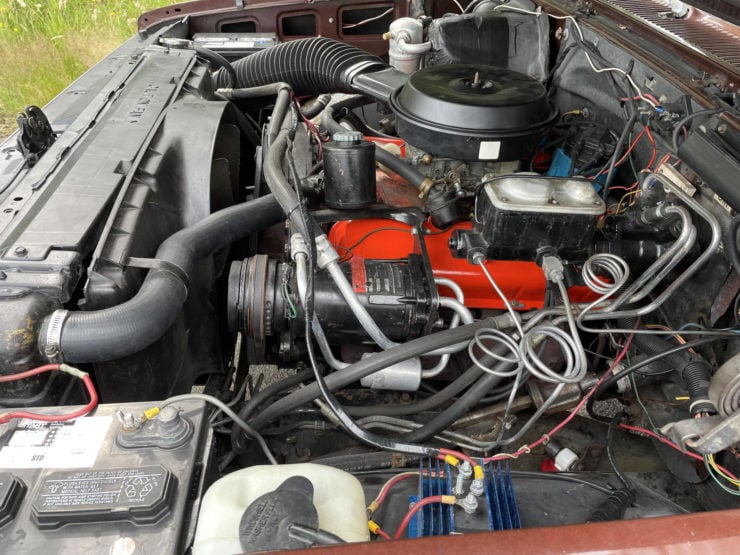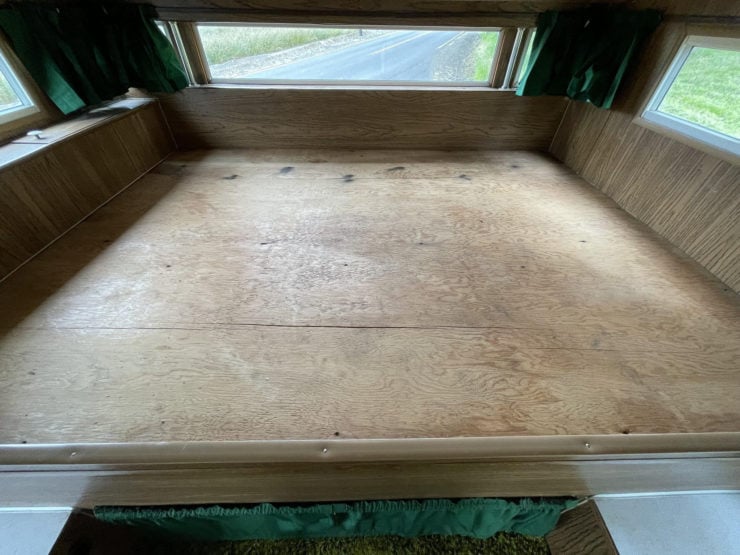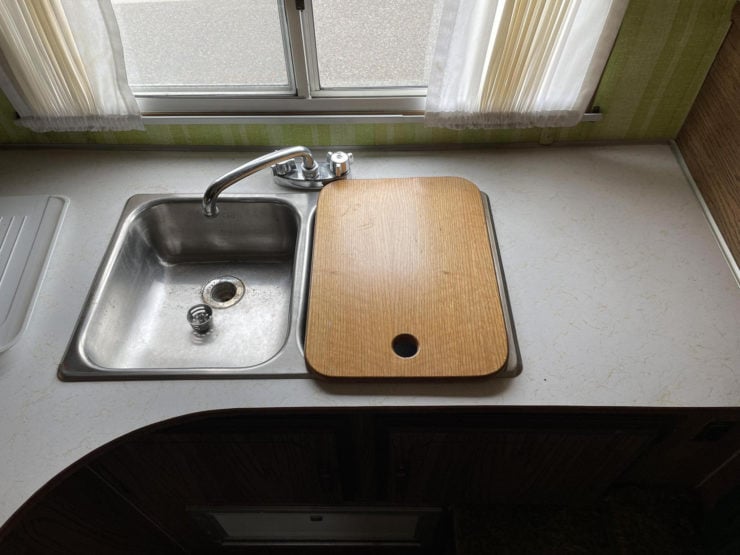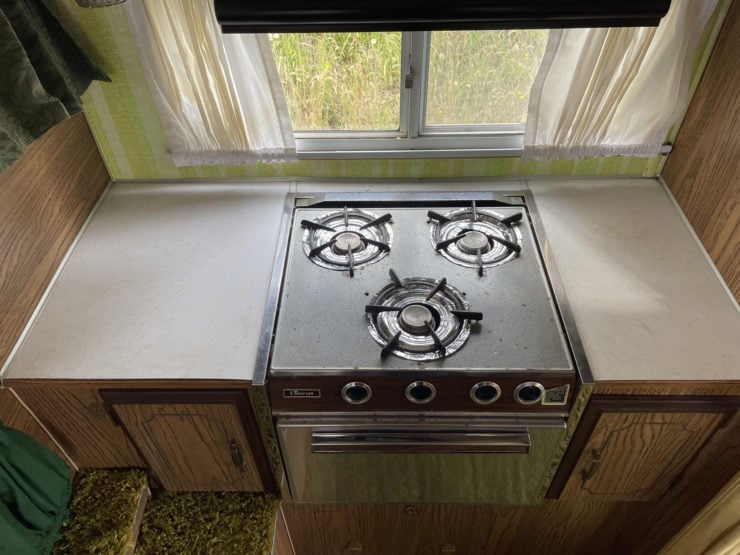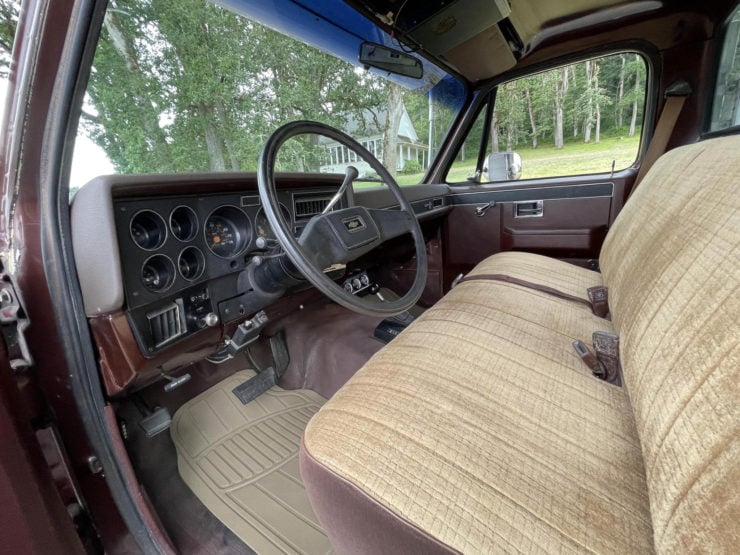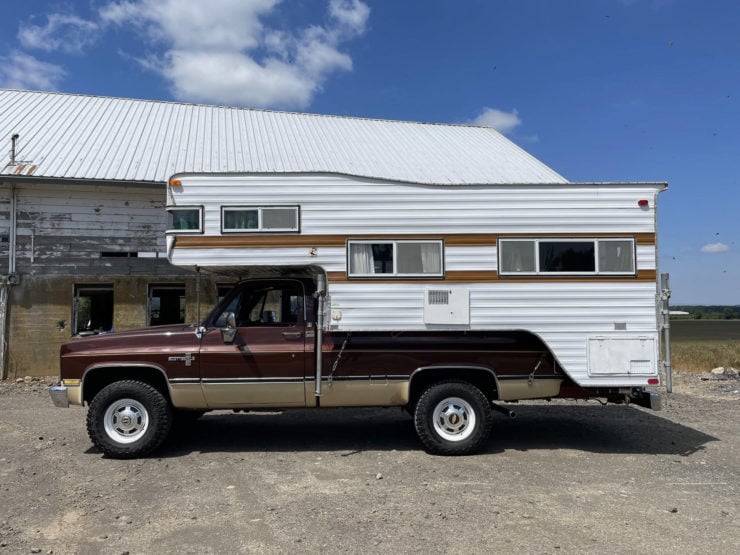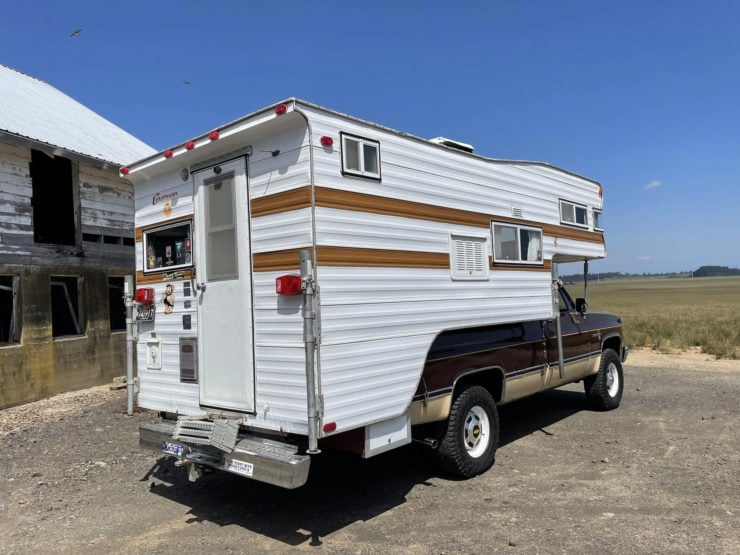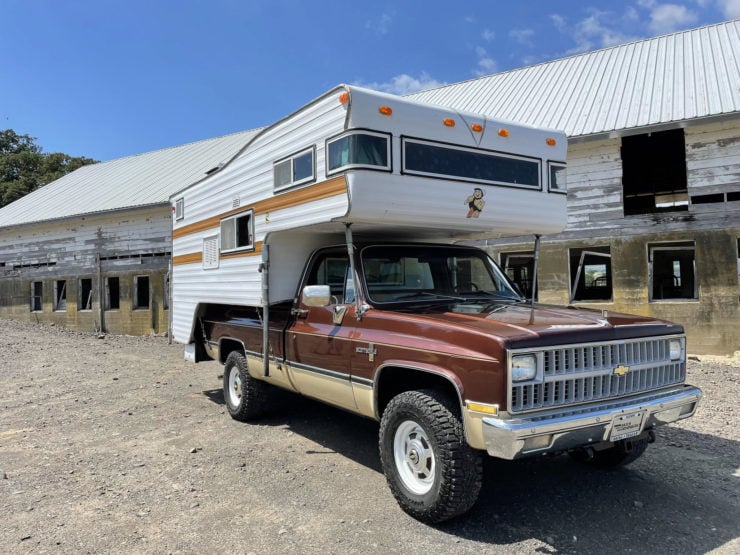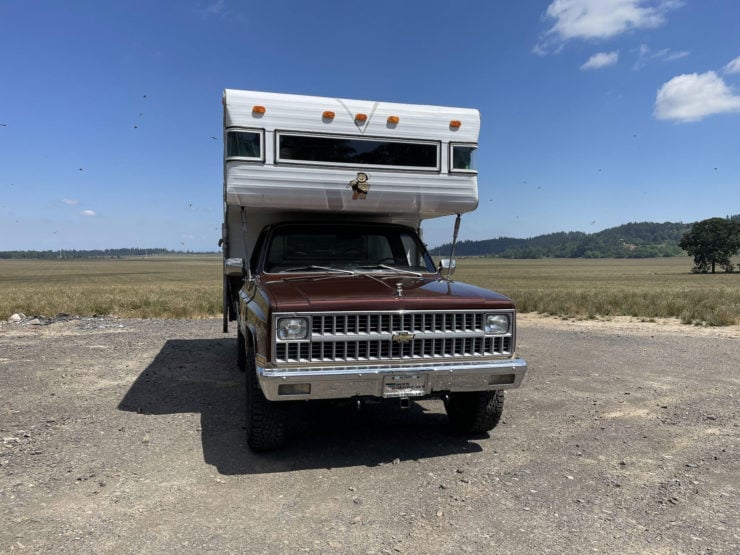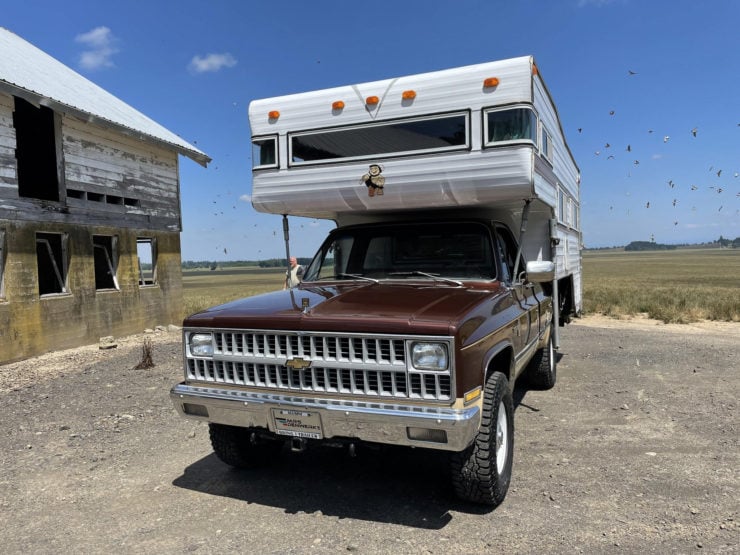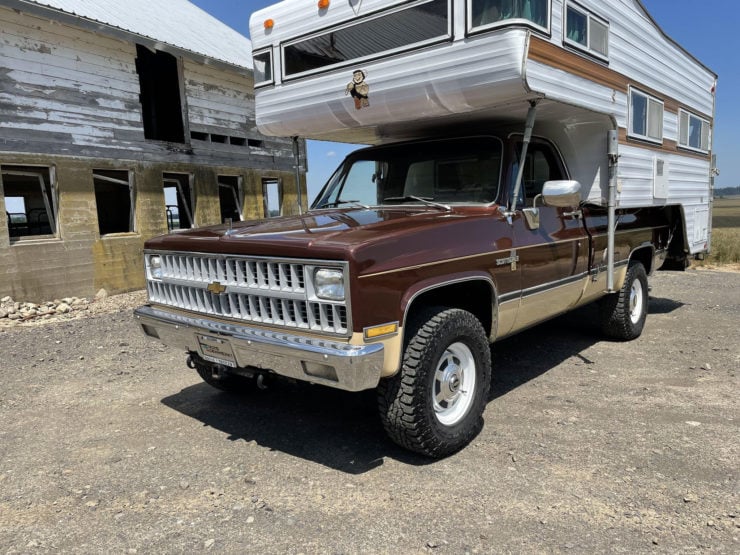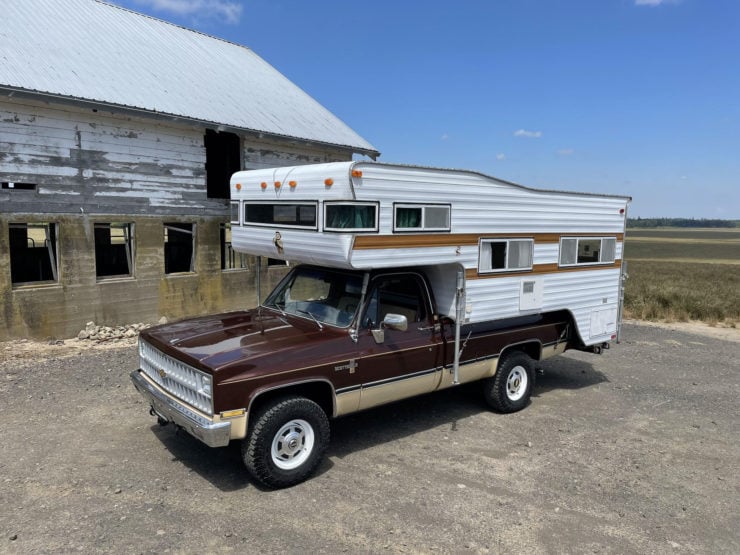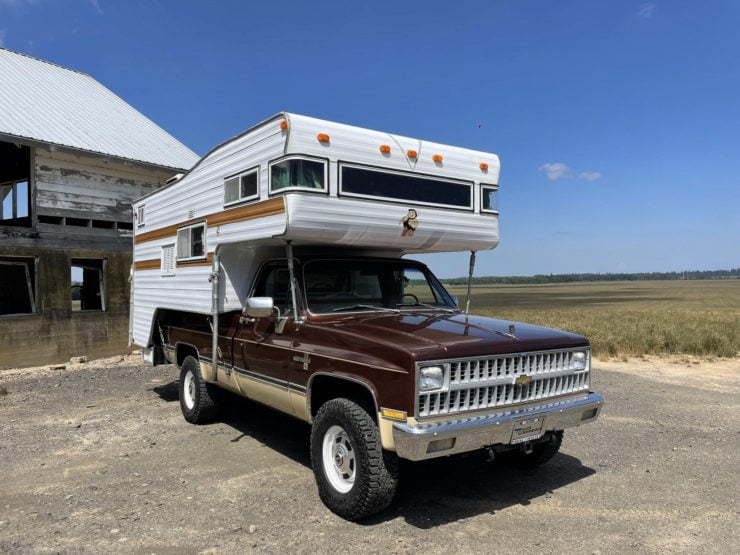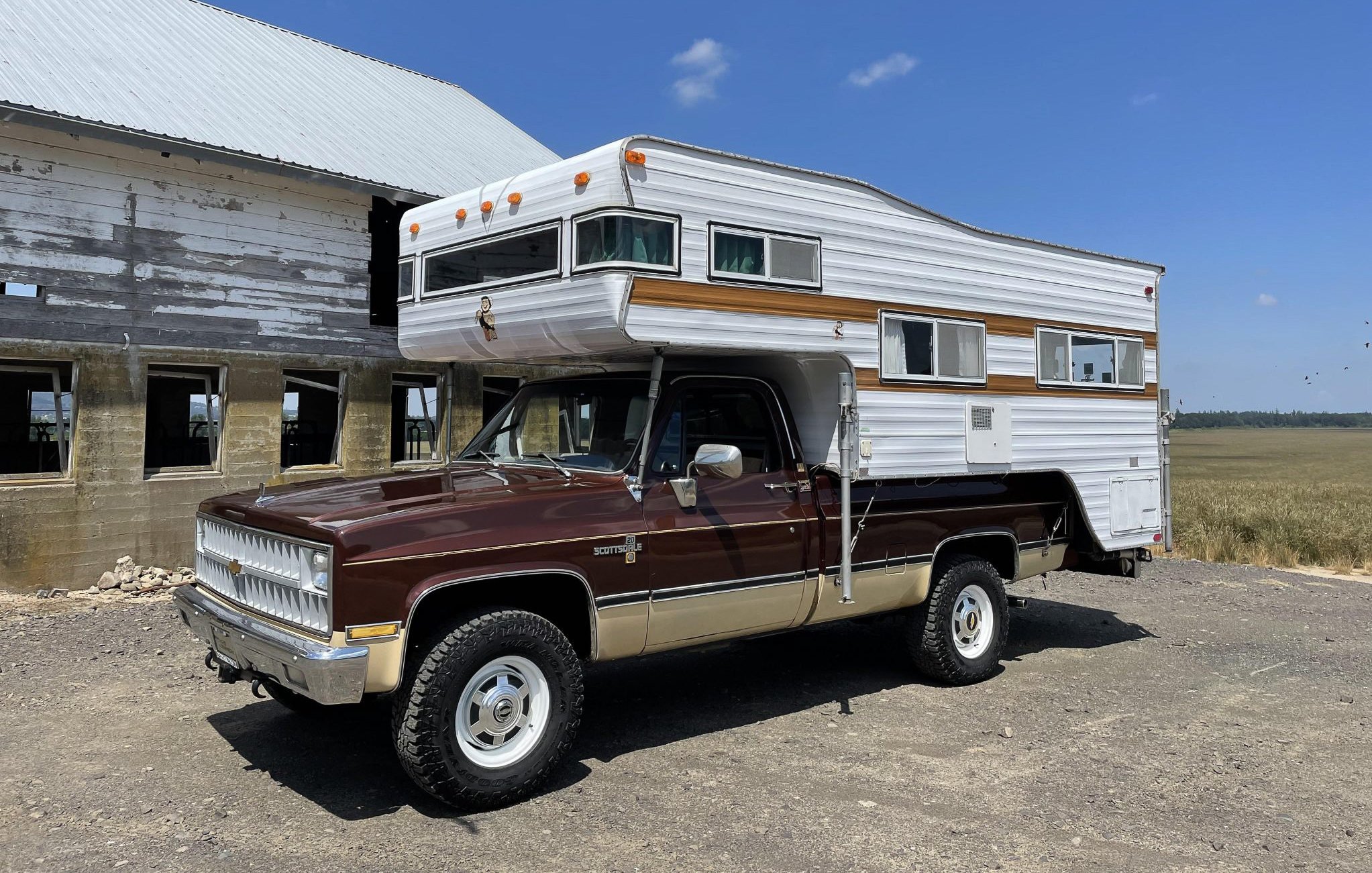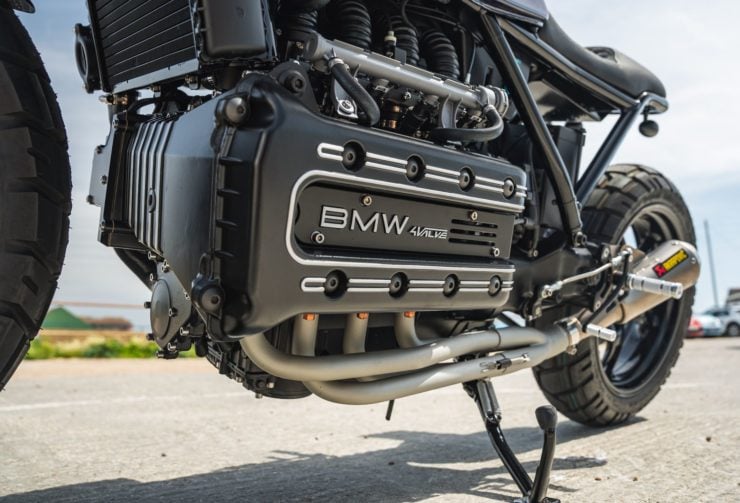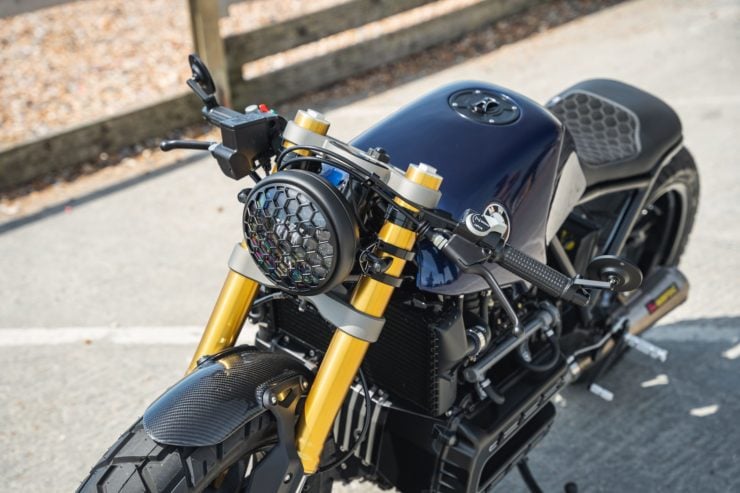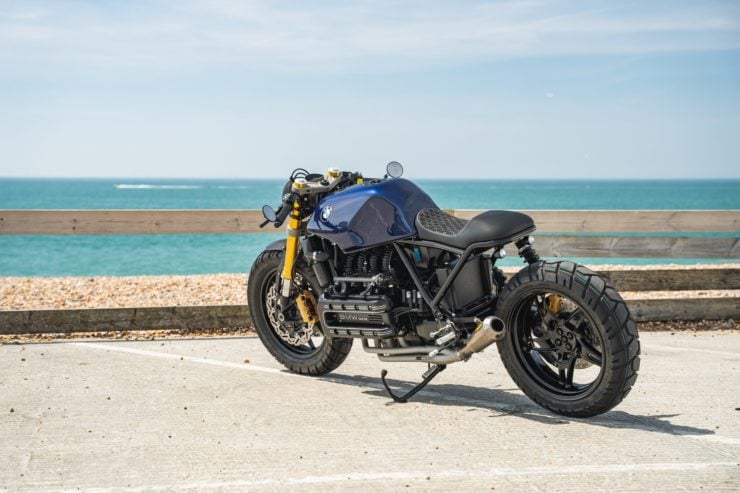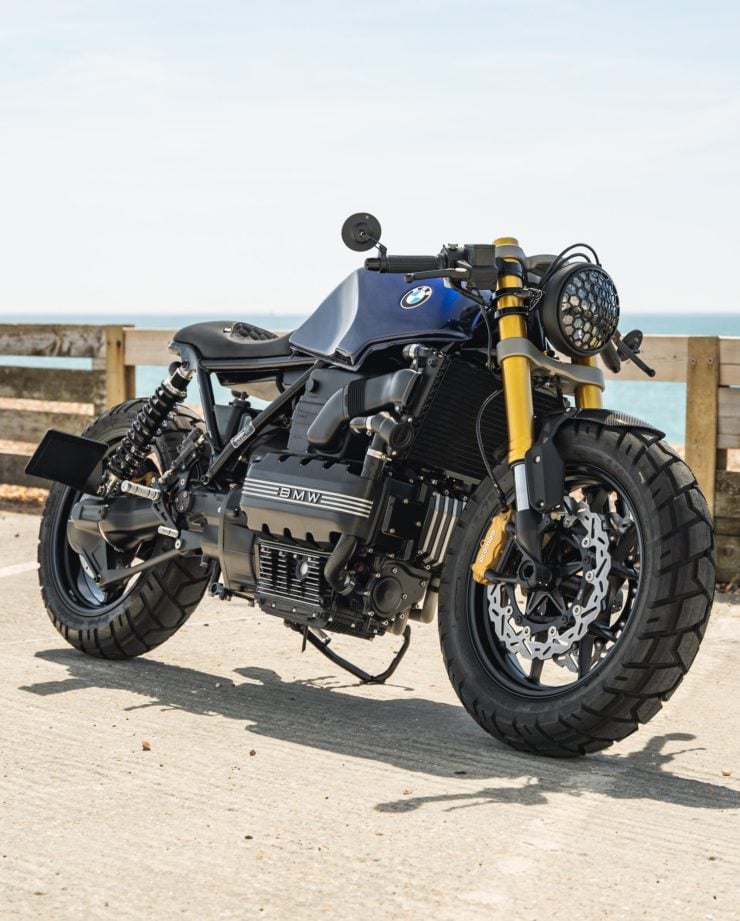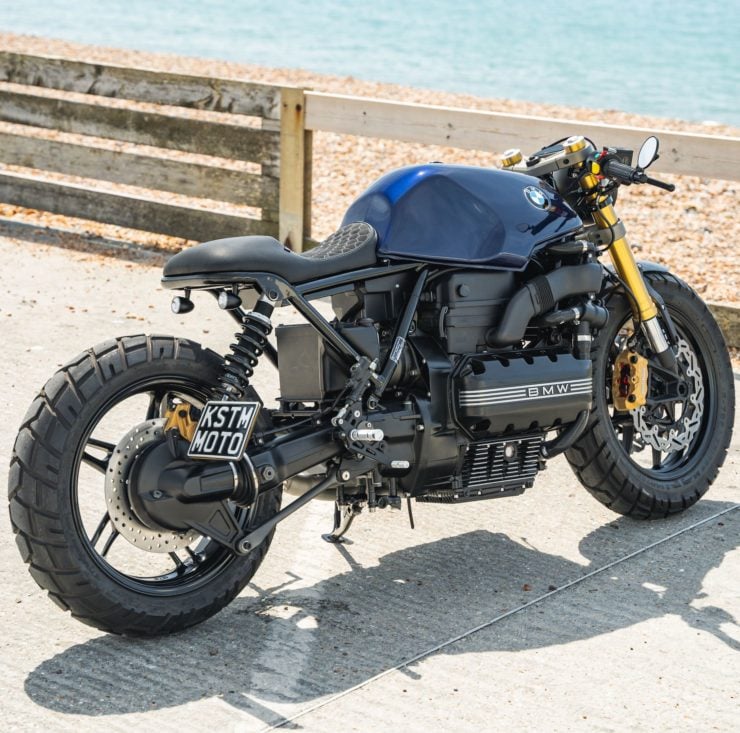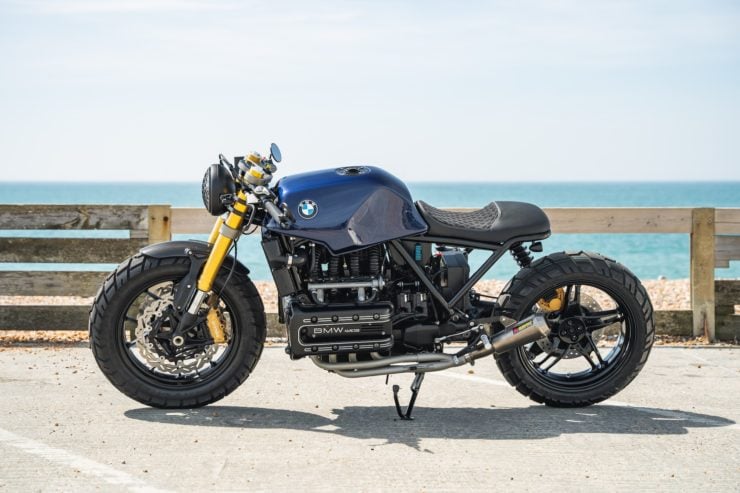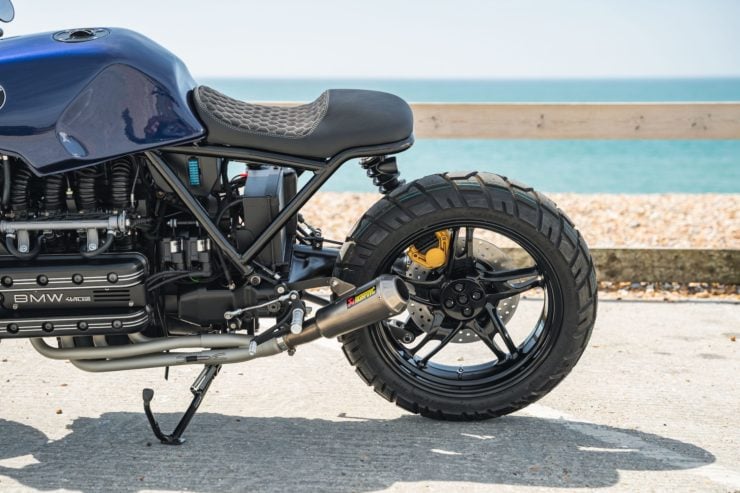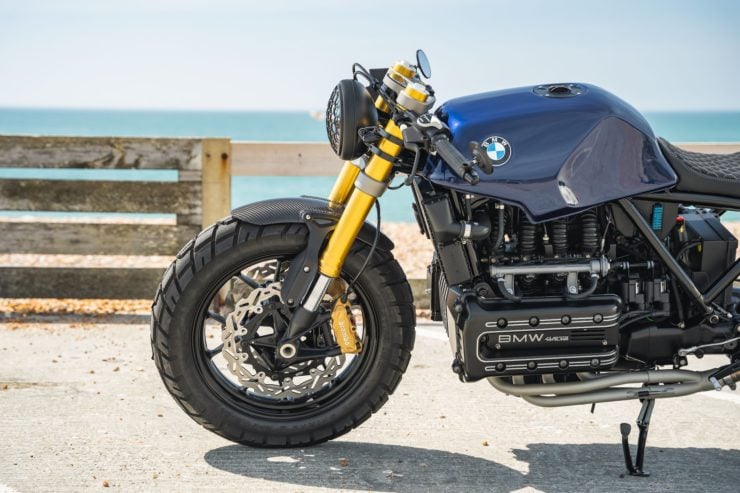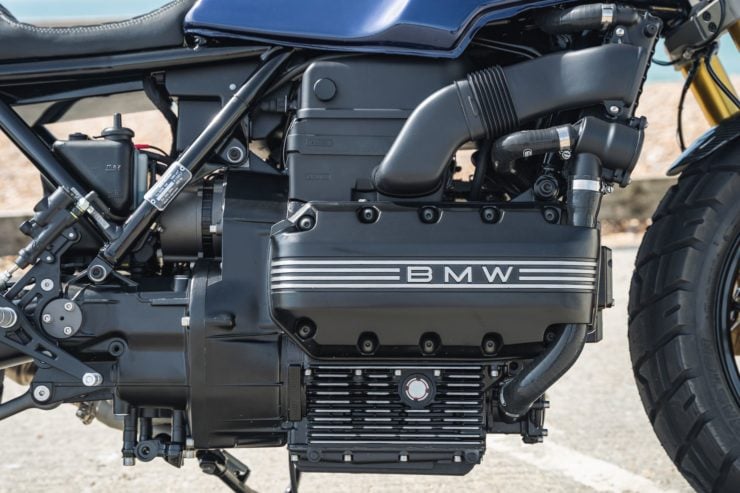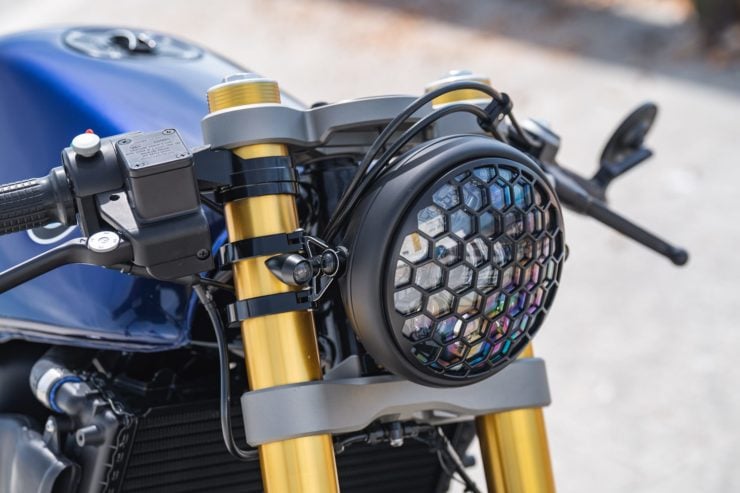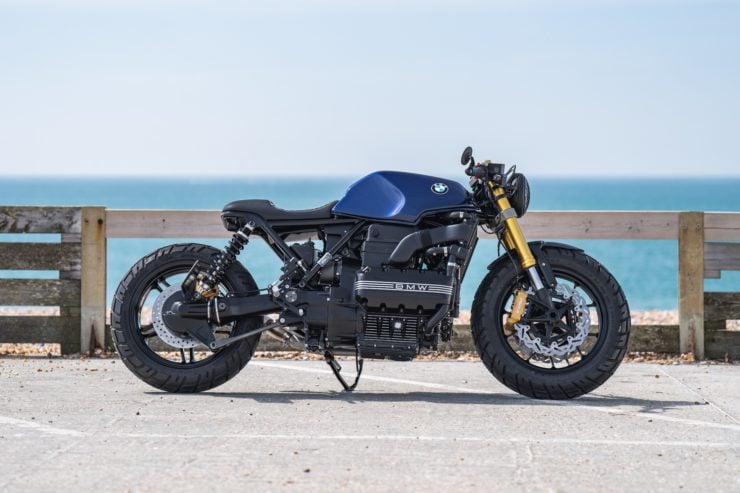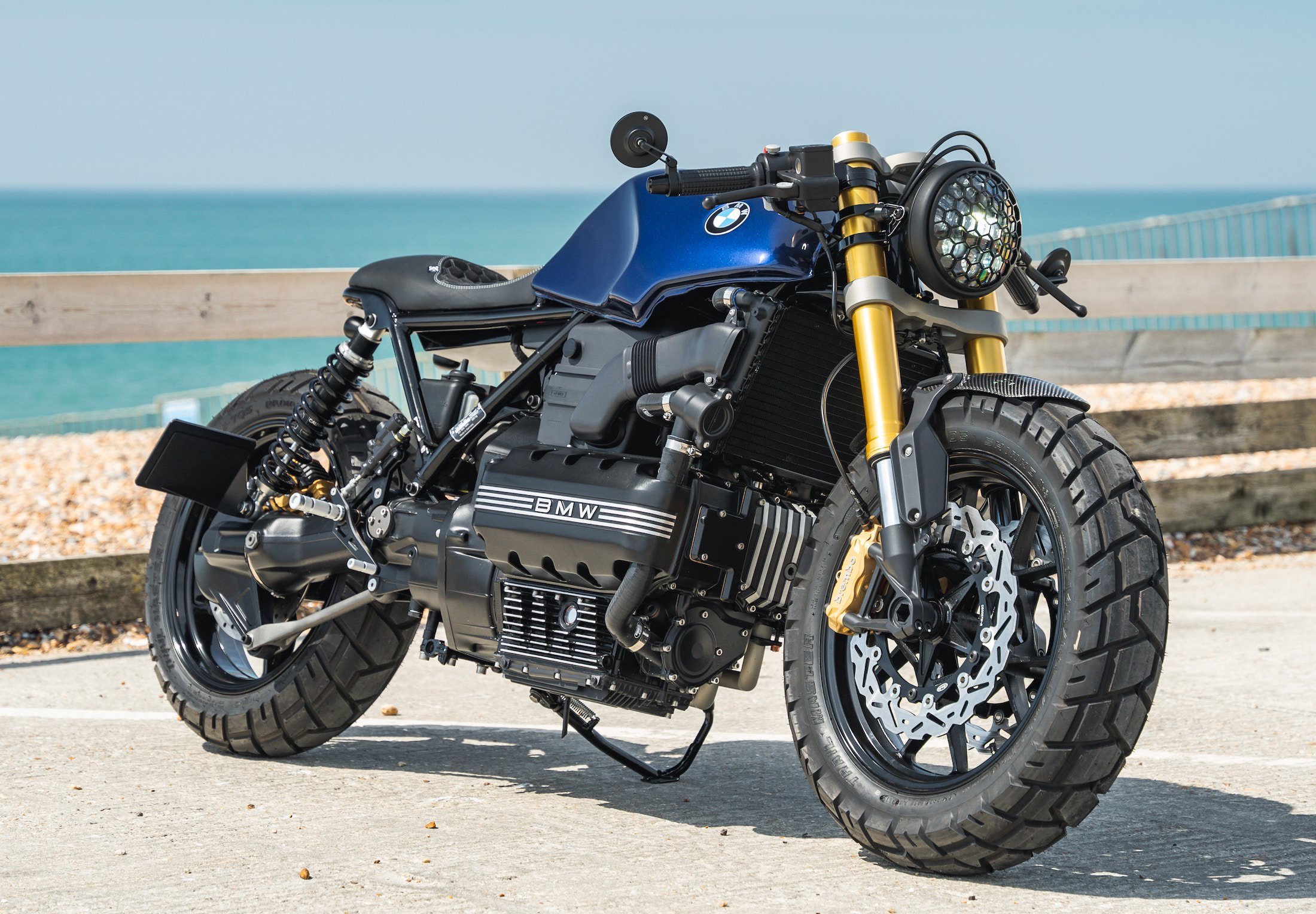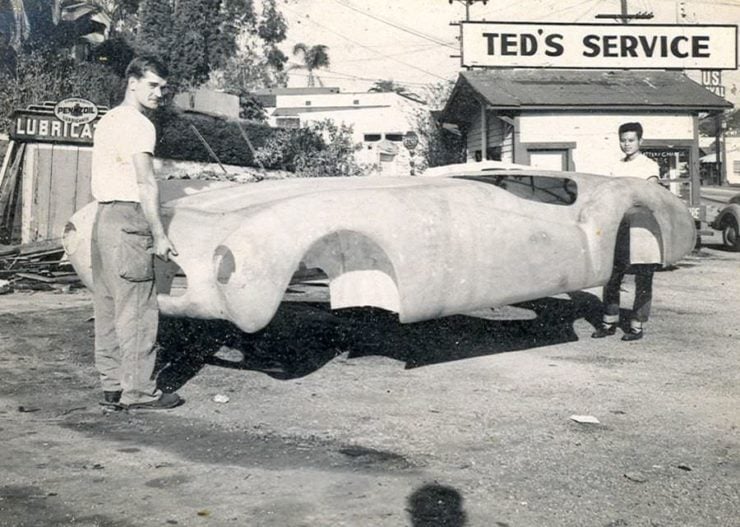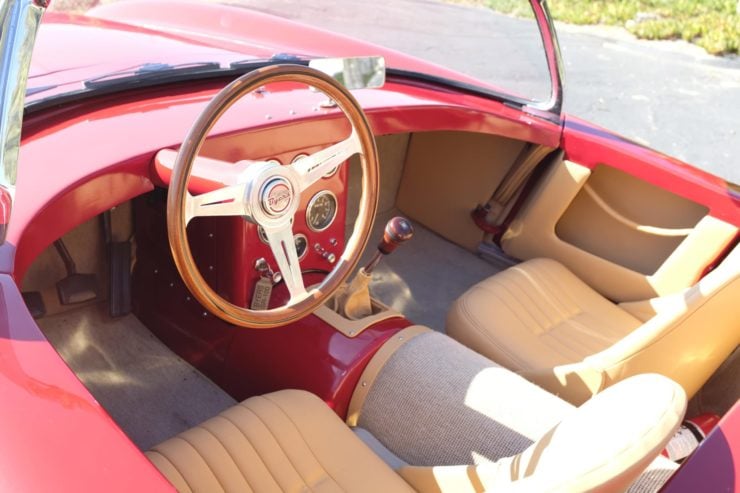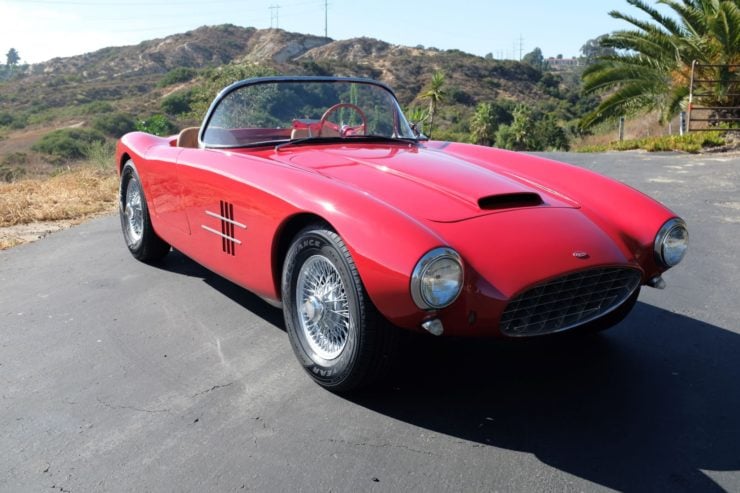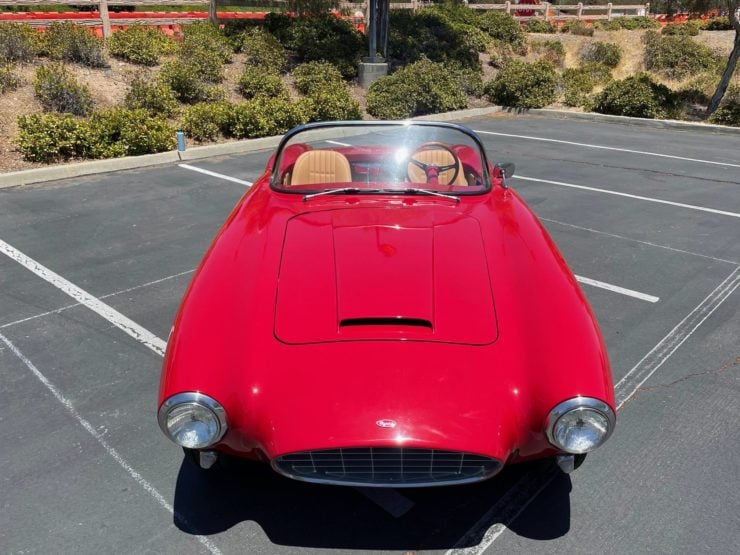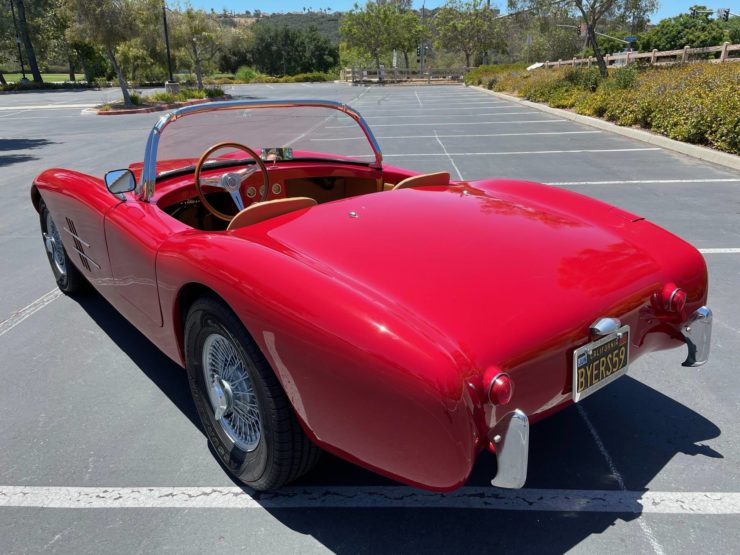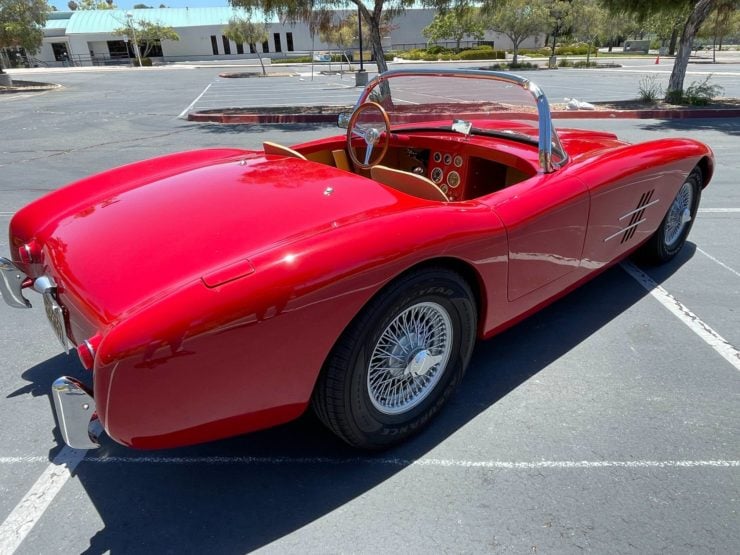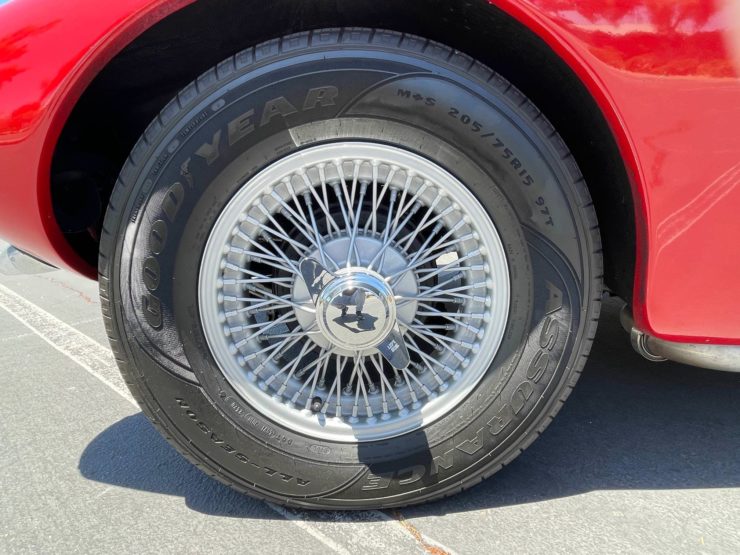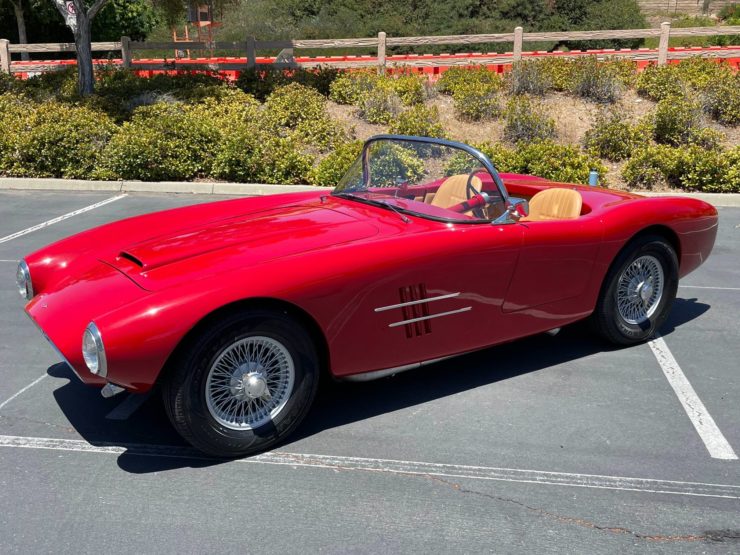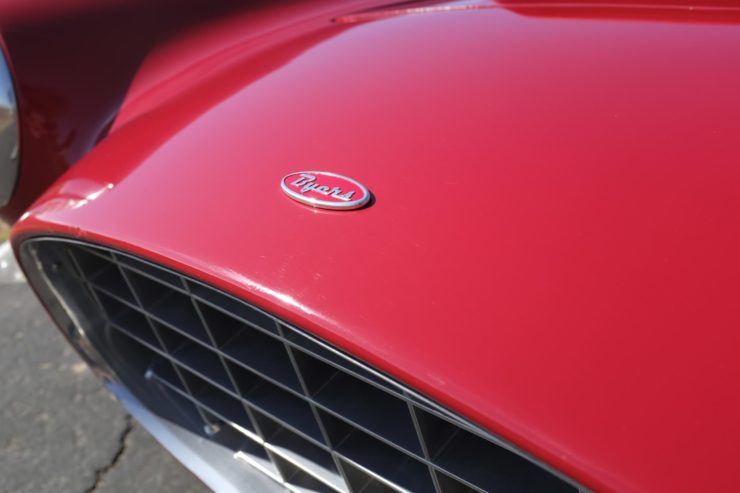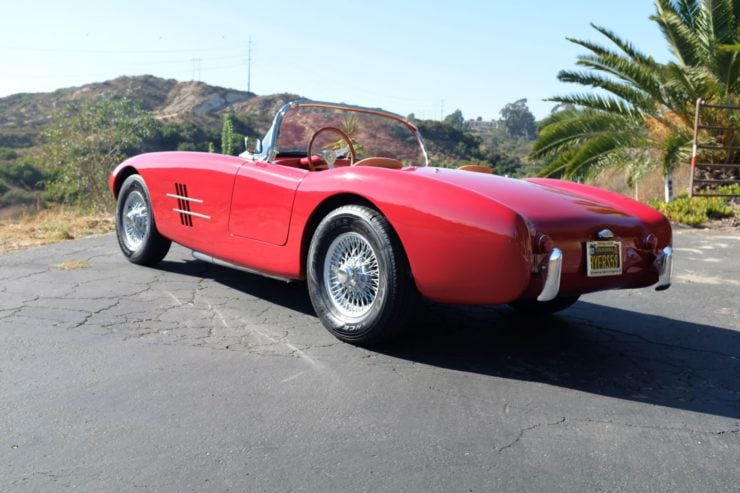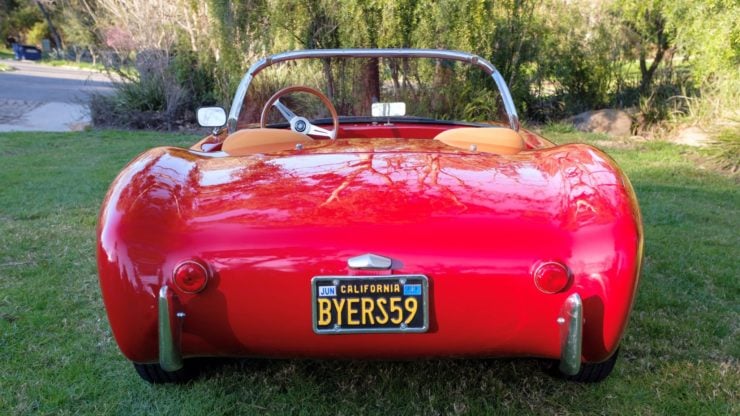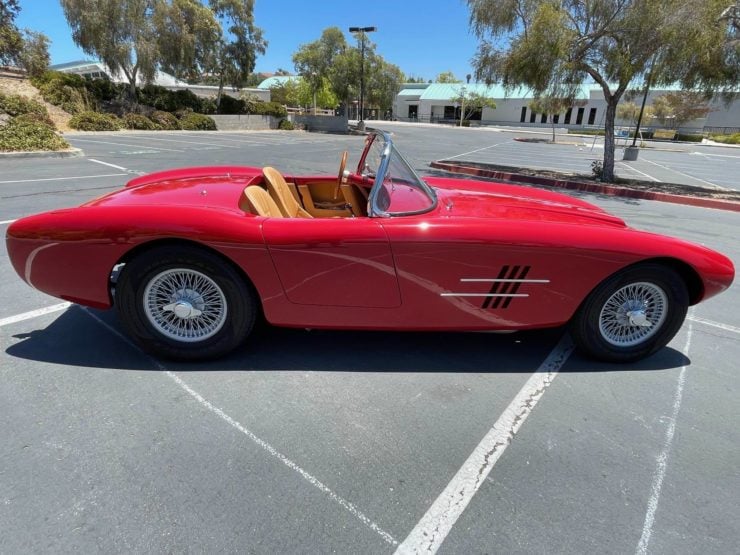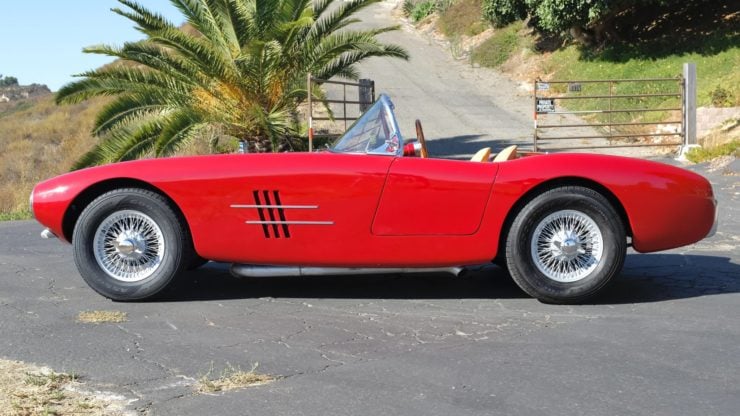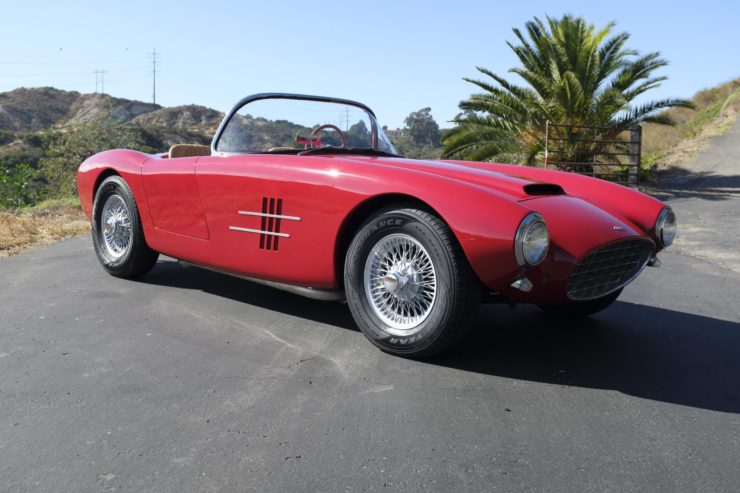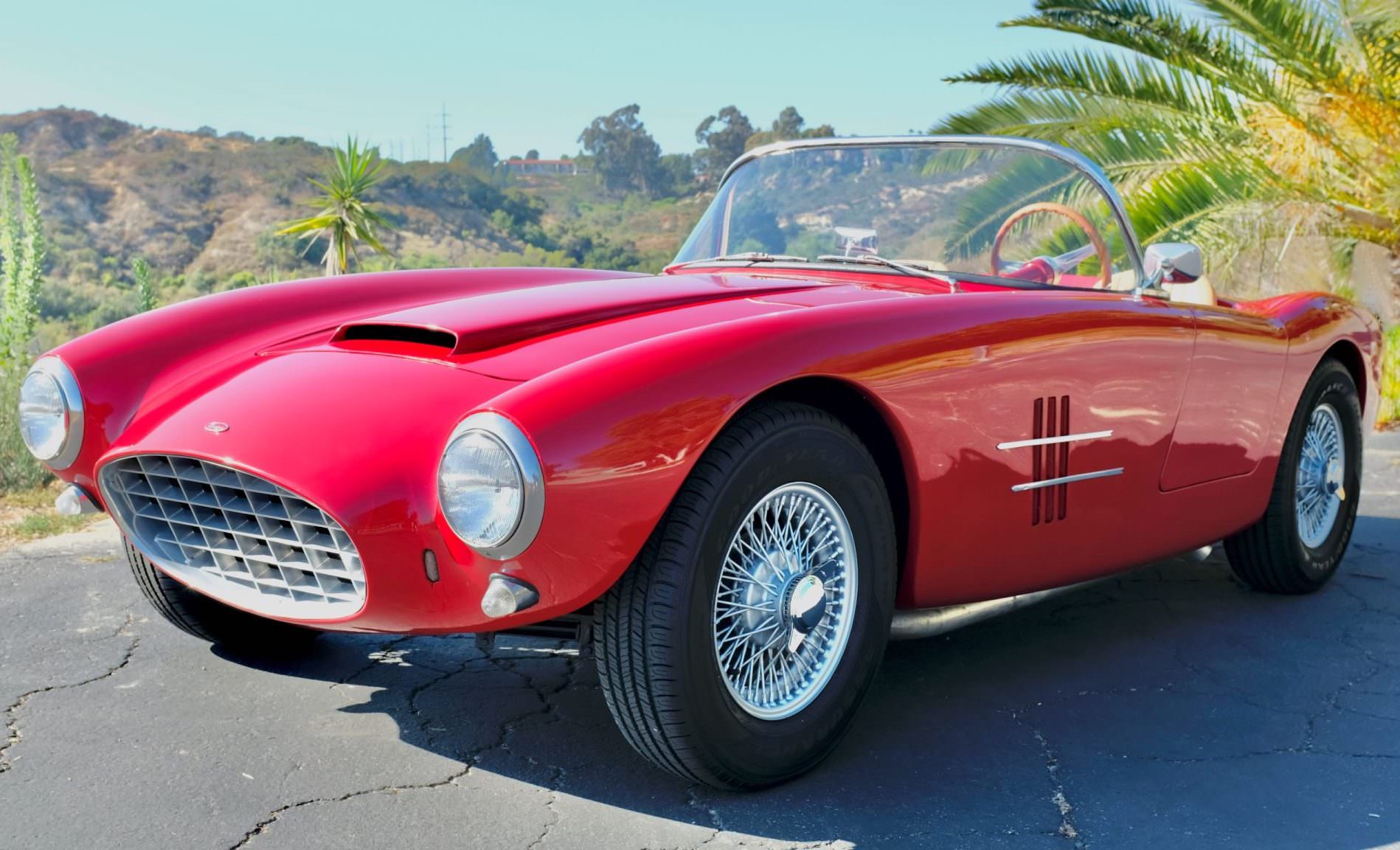The Porsche Type 597, perhaps best known as the “Jagdwagen” or “hunting car,” is an amphibious military 4×4 developed for a German military tender in the early 1950s.
The car you see here is chassis #005, the 5th prototype that was built from a total of 22. The Jagdwagen is powered by a modified Porsche 356 engine, it has selectable four-wheel drive, and a sealed monocoque hull that doubled as a hull for amphibious deployment.
Fast Facts – The Porsche Type 597 “Jagdwagen”
- The Porsche Type 597 “Jagdwagen” is undoubtably one of the most interesting Porsches of the 1950s and in a way, it as a combination of Porsche’s experience designing both sports cars and tractors.
- Ferdinand Porsche had prior experience developing off-road military vehicles for the German military during WWII, including both the Kübelwagen and the (appropriately named) amphibious Schwimmwagen.
- In the early 1950s the German military put out a tender for a locally produced off-road vehicle to fill the same role as the American Jeep and British Land Rover. Just three German manufacturers produced prototypes – Porsche, Auto Union (DKW), and Goliath (a Borgward subsidiary).
- The three prototype designs were the Porsche Type 597, the DKW Munga, and the Goliath Type 31. The Munga would ultimately win, largely because it could be produced in the volumes required and because it was inexpensive. The Porsche design was arguably the best of the three.
- The Porsche Type 597 you see here is the 5th prototype produced of 22 total. In all 71 Porsche Type 597s would be built and it’s thought that approximately 50 remain.
The Jeep, The Land Rover, And The Germans
During WWII the Willys Jeep had proven itself as one of the most valuable vehicles of the conflict, in fact on a pound-for-pound basis it was probably the most useful military vehicle ever made.
Above Video: This is original footage of the Porsche 597 in testing in 1954. As you can see, it has excellent off-road ability and would have been a good match for either the Jeep or Land Rover.
During WWII the Germans had the two-wheel-drive Kübelwagen (50,435 built) and the four-wheel drive amphibious Schwimmwagen (14,265 built). In the post war years the German military wanted a vehicle more like the Jeep, something small, lightweight, simple, four-wheel drive, inexpensive, and able to be produced in large numbers.
A tender was put out and three manufacturers responded DKW (Auto Union), Goliath (a Borgward subsidiary), and Porsche. Interestingly Germany’s largest automaker, Volkswagen, didn’t submit a design proposal despite the fact that they had the most experience building vehicles of this type – possibly because they were struggling to keep up with demand for the Volkswagen Beetle.
Ultimately the DKW Munga would win the tender, the name “Munga” comes from the German term “Mehrzweck Universal Geländewagen mit Allradantrieb,” which translates to “Multi-Purpose Universal Off-Road Car With All-Wheel Drive.”
The Porsche Type 597 “Jagdwagen”
The Porsche Type 597 was developed with the benefit of Ferdinand Porsche’s prior experience developing the Kübelwagen and Schwimmwagen during WWII. Many of these lessons were integrated into the Type 597, particularly those from the four-wheel drive amphibious Schwimmwagen, which would essentially be a direct ancestor of the new Porsche 4×4.
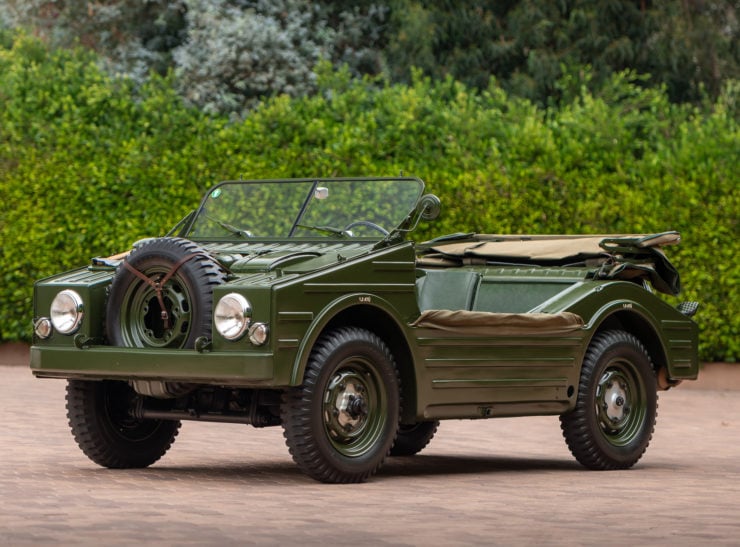
The design of the Porsche Type 597 was clearly influenced by earlier military designs from Ferdinand Porsche, including the Kübelwagen and Schwimmwagen from WWII.
The Type 597 is historically notable for a few reasons, perhaps most of all for the fact that it was Porsche’s first four-wheel drive. Years later in 2002 the company would release the Porsche Cayenne followed by the Porsche Macan. These two SUVs would become the marque’s best-selling vehicles, helping to ensure the company’s survival well into the future.
The Type 597 has a stamped steel monocoque chassis that was designed using lessons from the Schwimmwagen. The body essentially acted as a watertight hull, and some early development versions were fitted with a propeller and oars specifically for water use.
Power was provided by a modified version of the flat-four, rear-mounted engine from the Porsche 356. Initially in 1.5 liter displacement, with later models getting the 1.6 liter version. Power was listed as 50 bhp, enough to give the Type 597 a top speed of 100 km/h (62 mph) and the ability to climb gradients of up to 65%.
Fully independent torsion bar suspension with shock absorbers is fitted front and back, with drum brakes at all four wheels and selectable four-wheel drive. A folding soft top was provided for inclement weather and early versions had no doors, just high sills. Some later versions would receive steel doors.
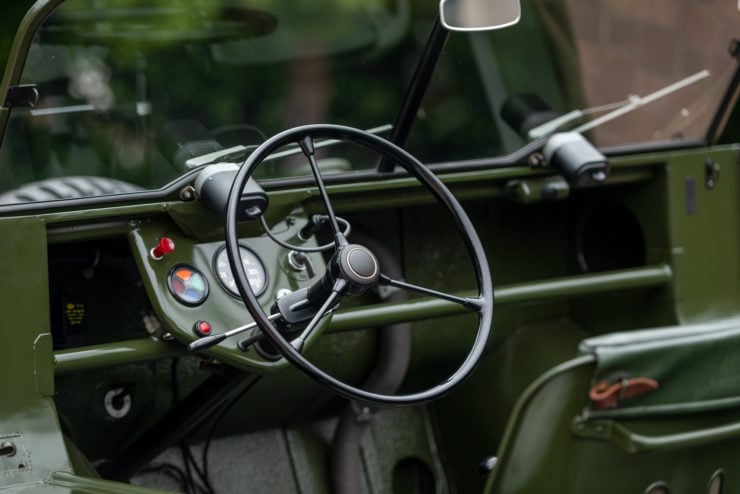
The interior of the Jagdwagen is spartan, there is seating for four, a folding soft top, a fold down windscreen, and some space for cargo.
When it became clear that Porsche wouldn’t win the military tender they tried marketing the Type 597 for outdoors people and hunters, hence the nickname “Jagdwagen” or “hunting car.” By the end of production in 1958 just 71 examples had been built (including the 22 prototypes), and it’s believed that approximately 50 have survived to the current day.
The Type 597 Jagdwagen Shown Here
As mentioned above, the Jagdwagen you see here is chassis #005, the 5th prototype of the 22 that were made. Given that this is an early prototype it’ll be of particular interest to collectors, collectors that have in the past included the likes of former Jagdwagen owner Jerry Seinfeld.
This vehicle has had a complete, professional restoration that was completed in Germany. It’s now finished in period-correct Olive Green paintwork, it’s fitted with a matching green canvas interior, and it has the correct folding top.
This Jagdwagen is now due to roll across the auction block with RM Sotheby’s in August in Monterey, California. If you’d like to read more about it or register to bid you can visit the listing here.
Above Video: This short film gives a fast-paced look back at the history of the Porsche Type 597.
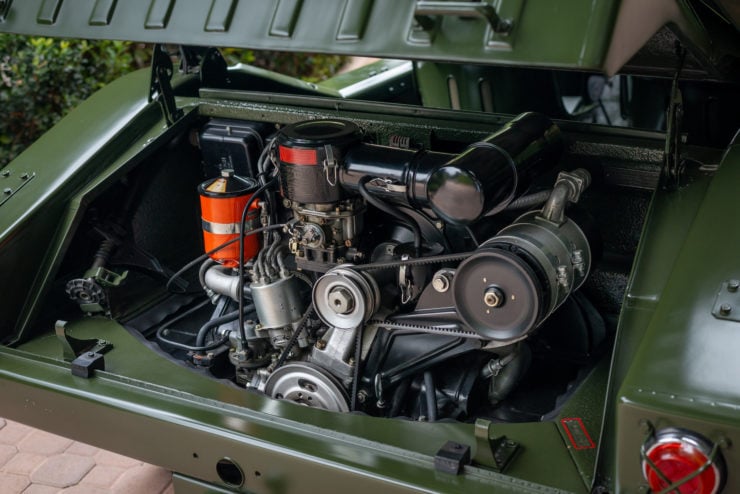
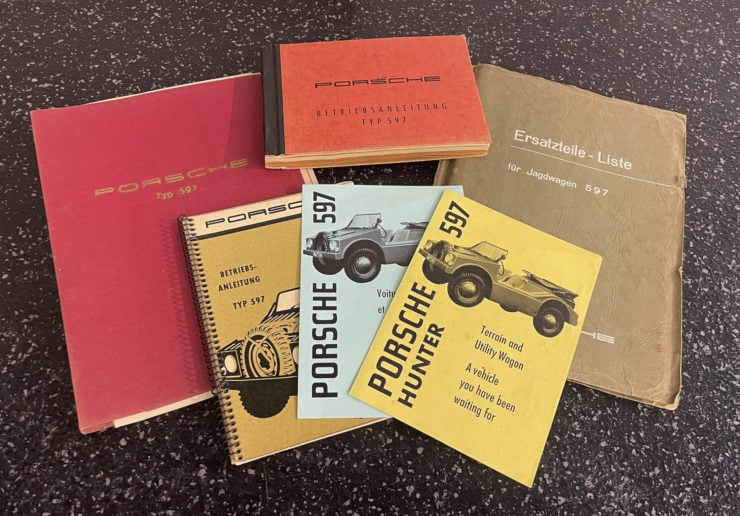
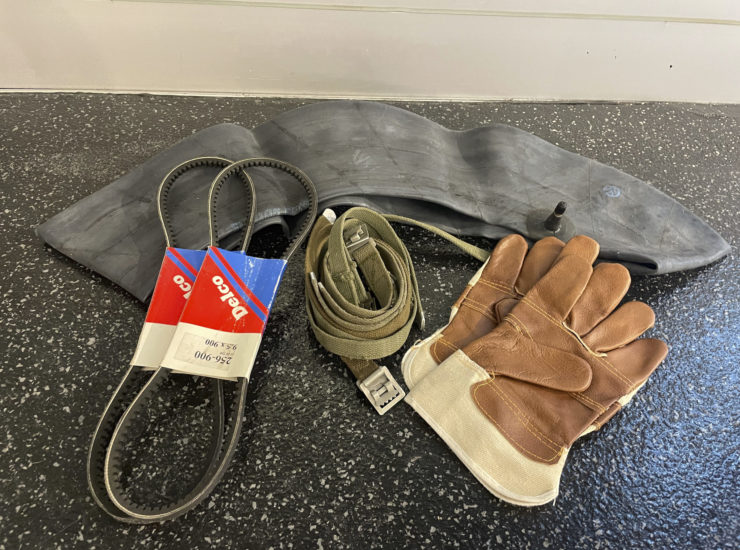
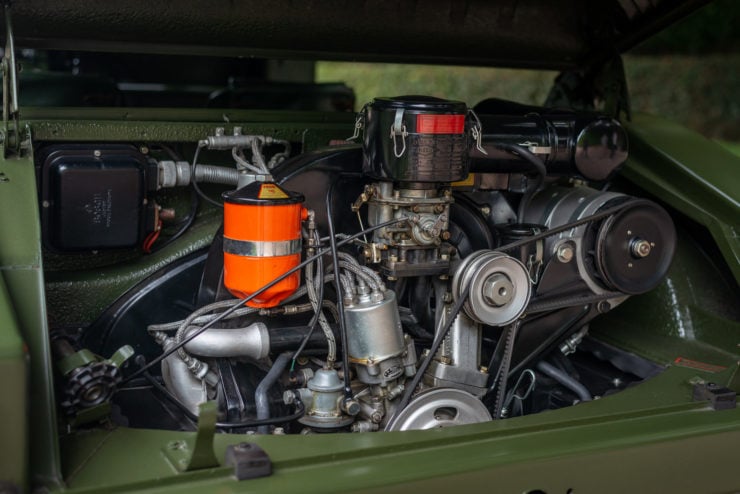
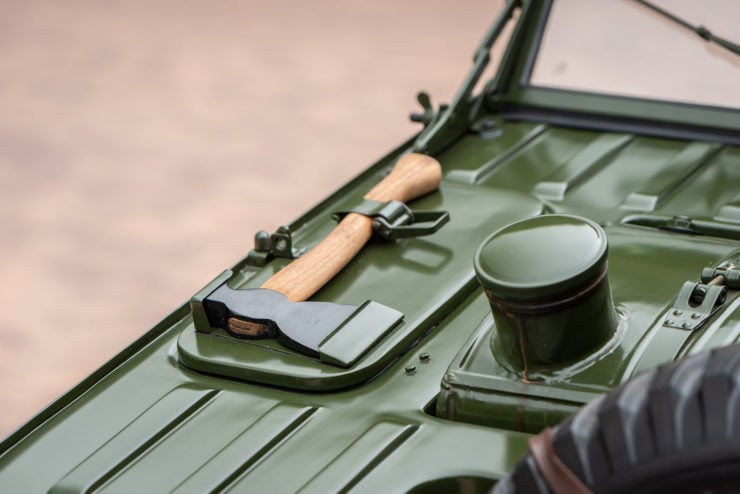
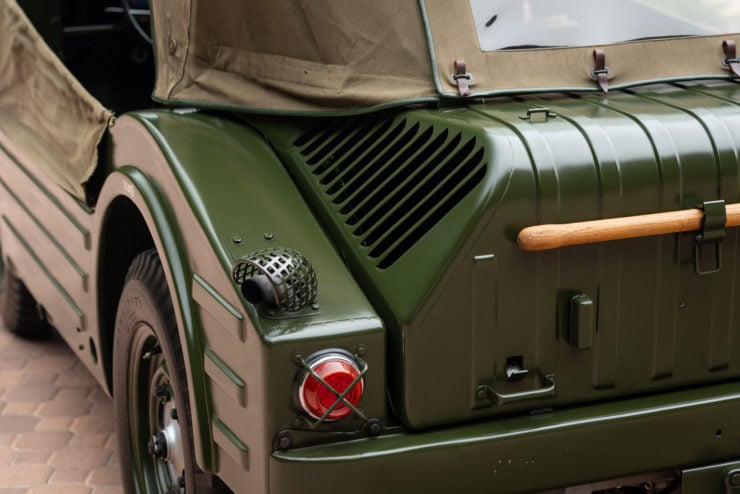
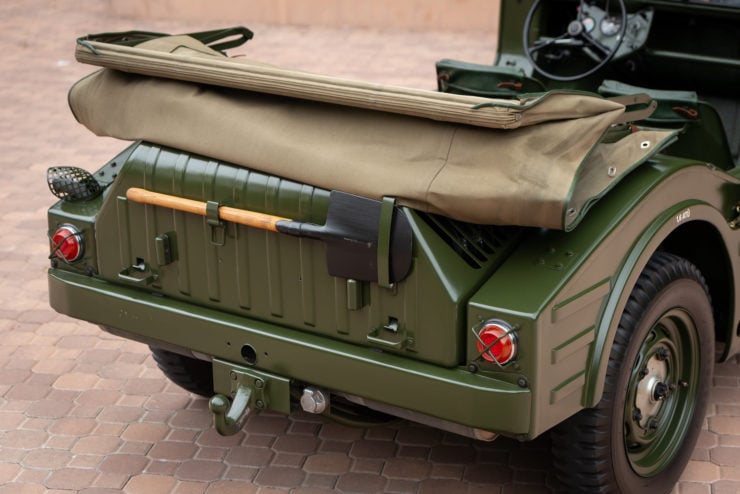
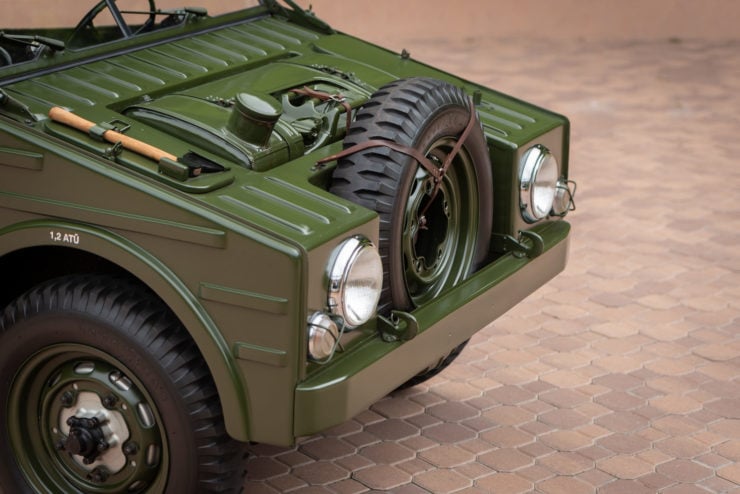
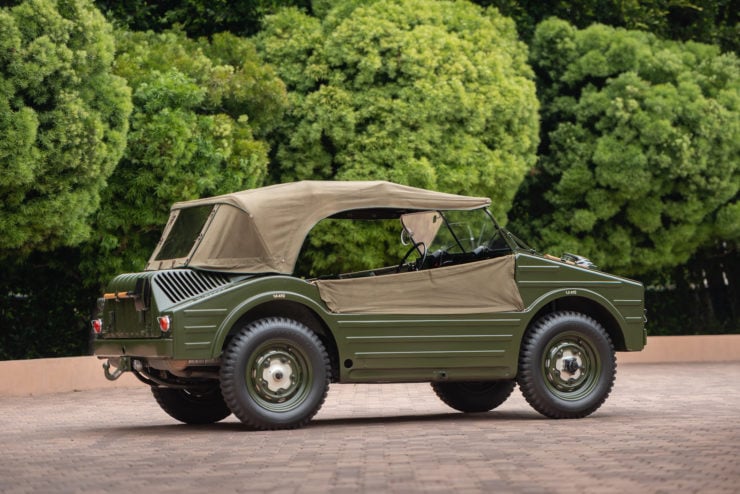
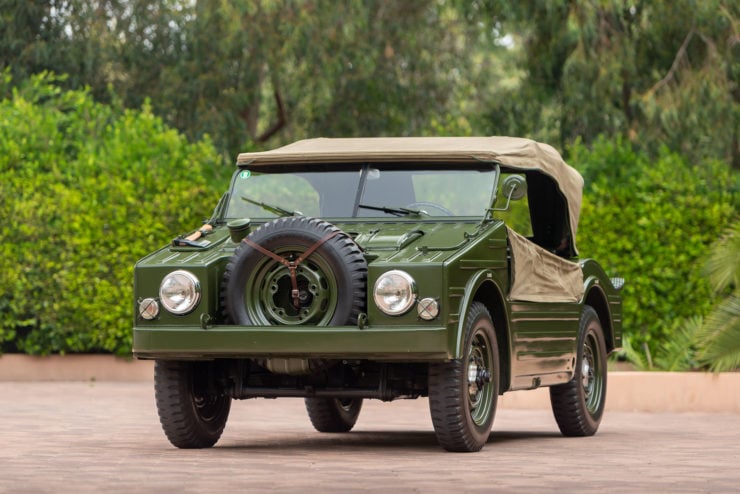
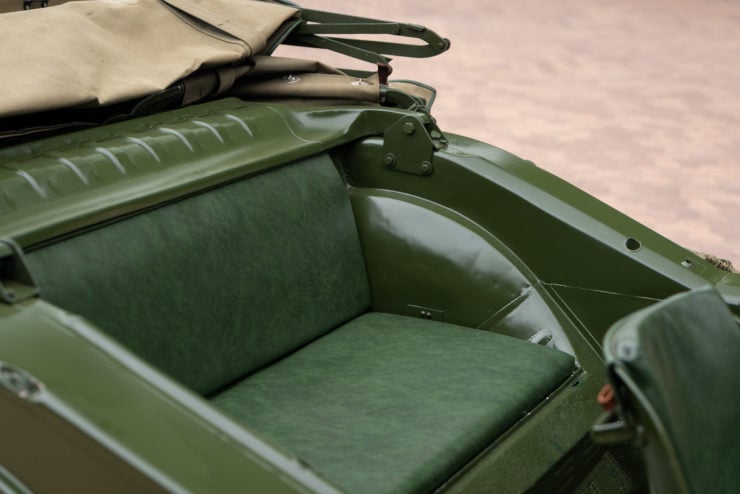
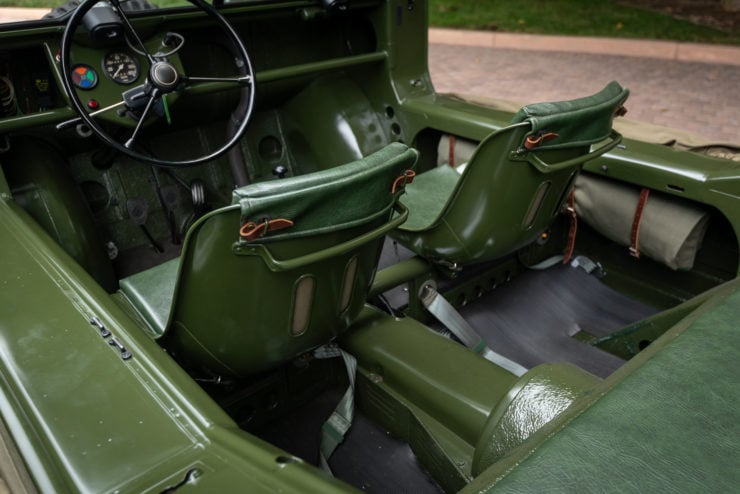
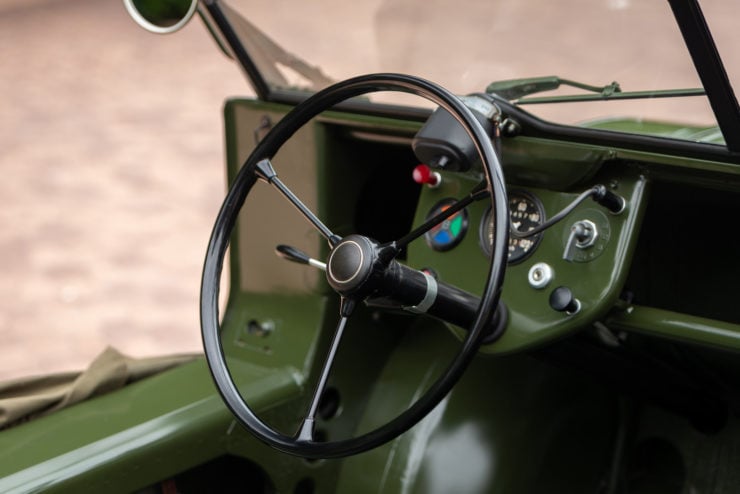
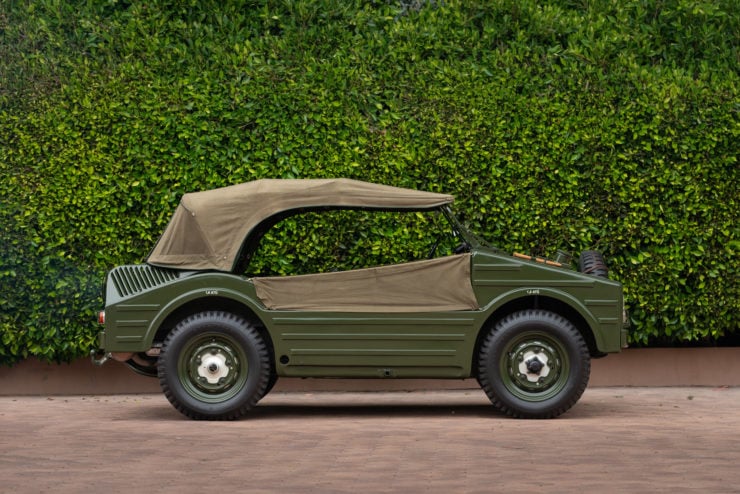
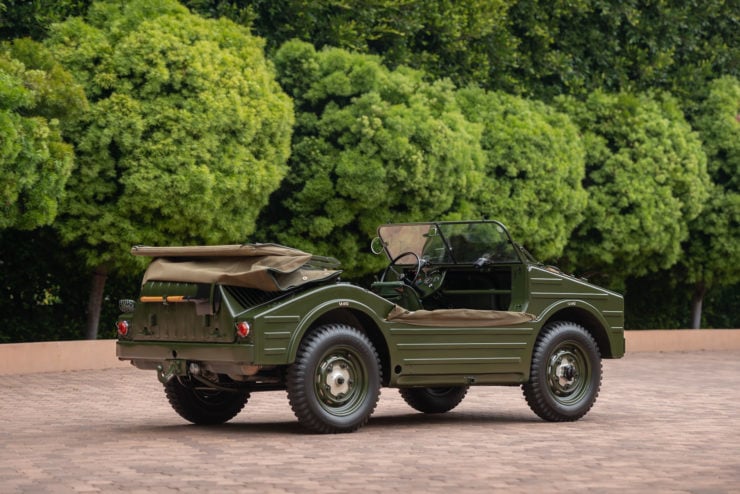
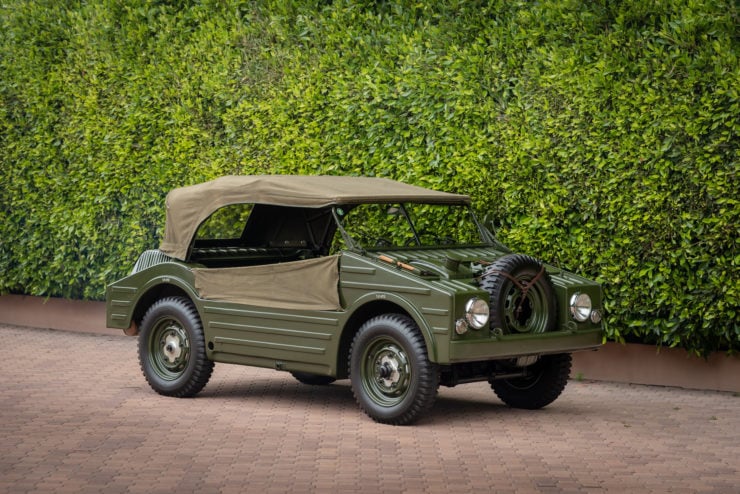
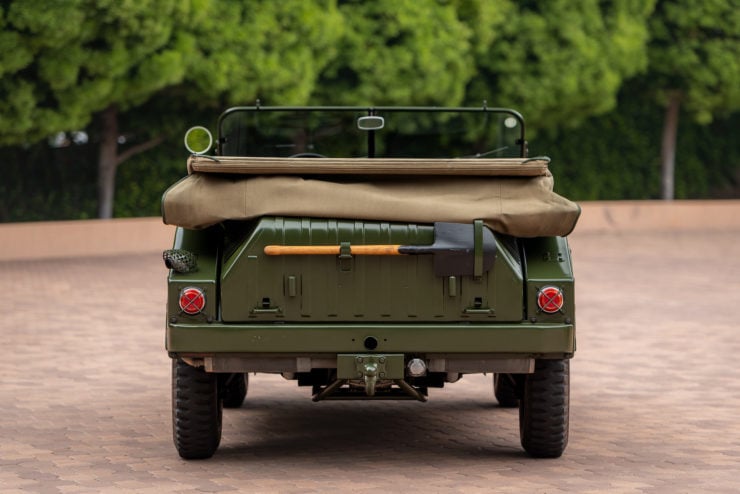
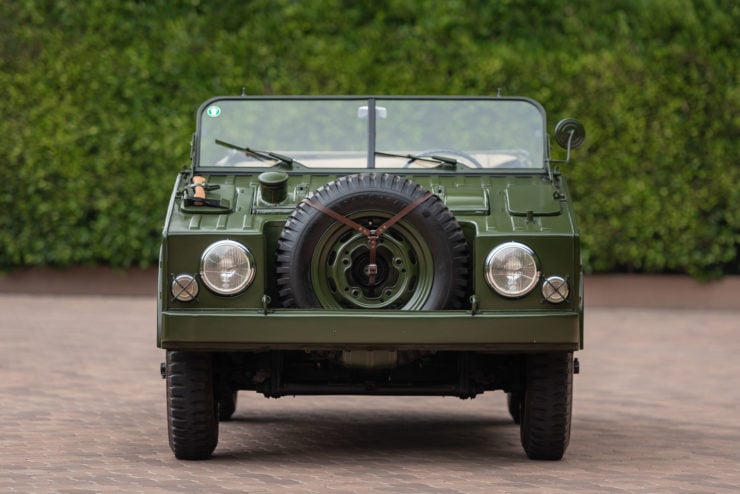
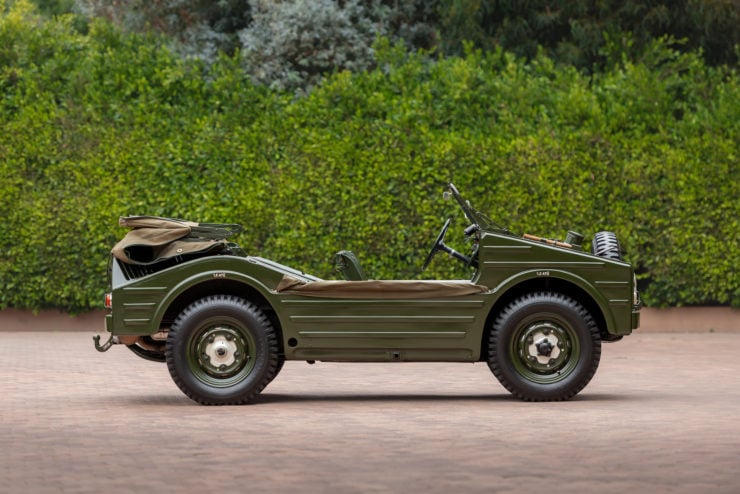

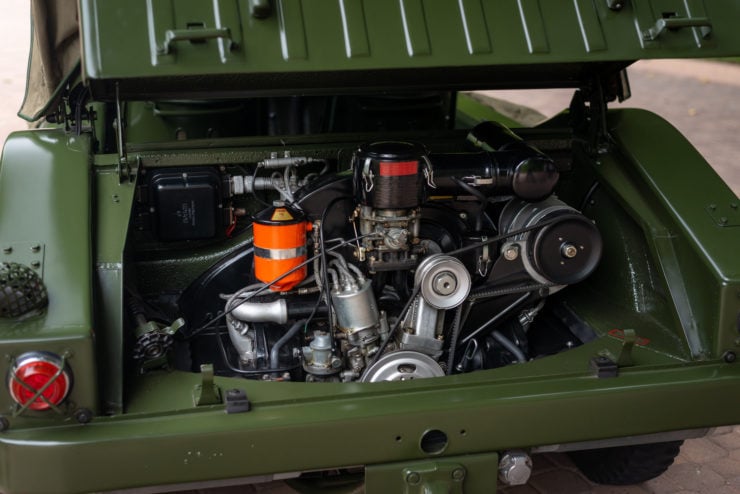
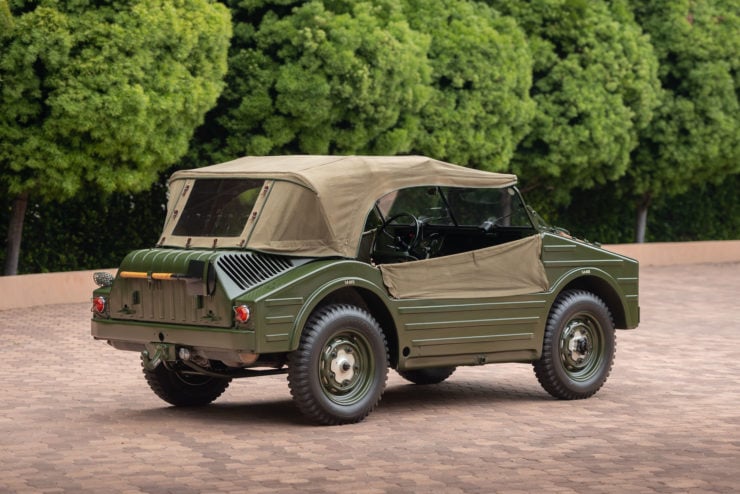
Images courtesy of RM Sotheby’s
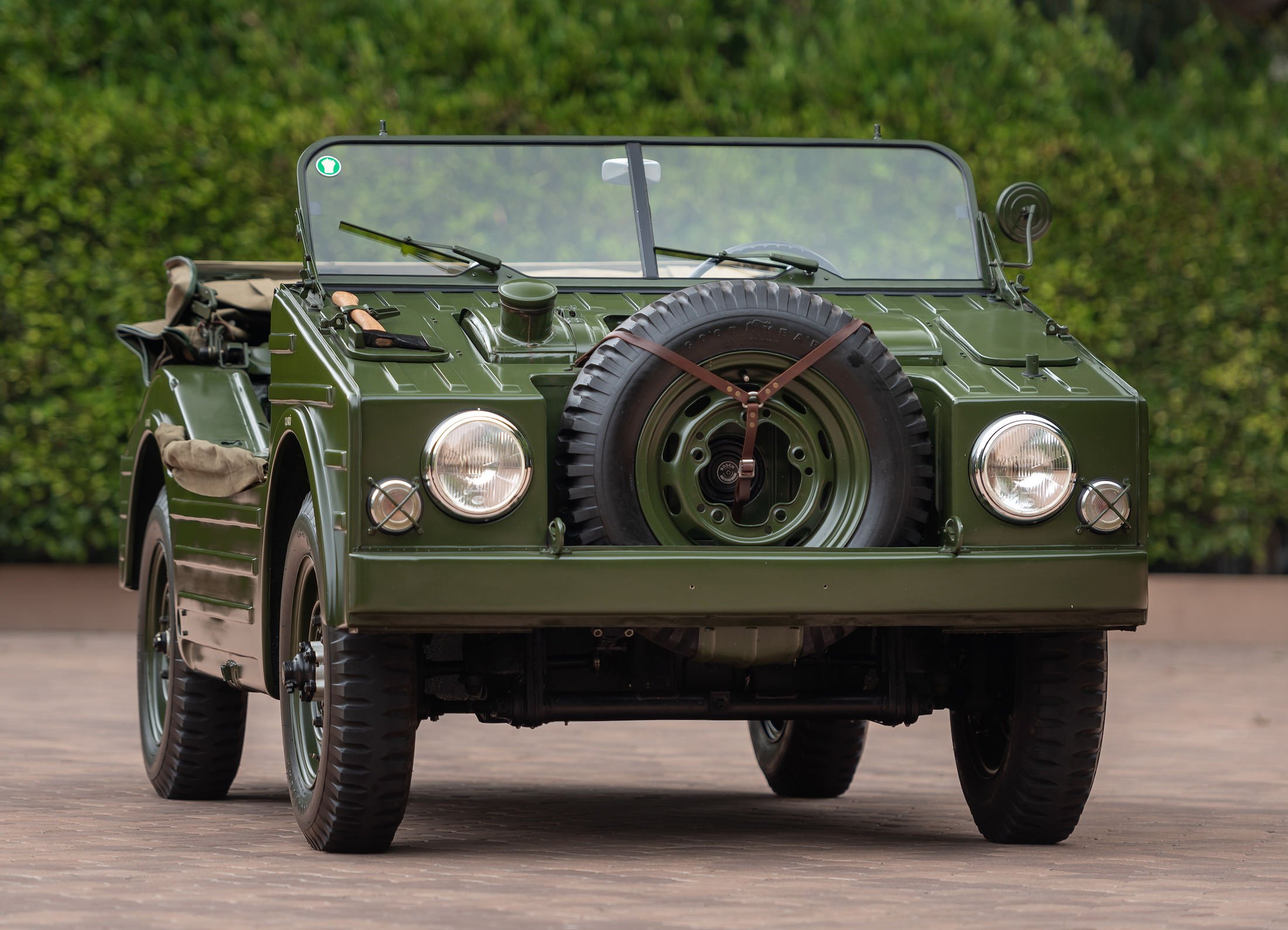
The post Porsche’s Answer To The Jeep: The Rare 1955 Porsche Type 597 “Jagdwagen” appeared first on Silodrome.
from Silodrome https://silodrome.com/porsche-type-597-jagdwagen/
via gqrds
